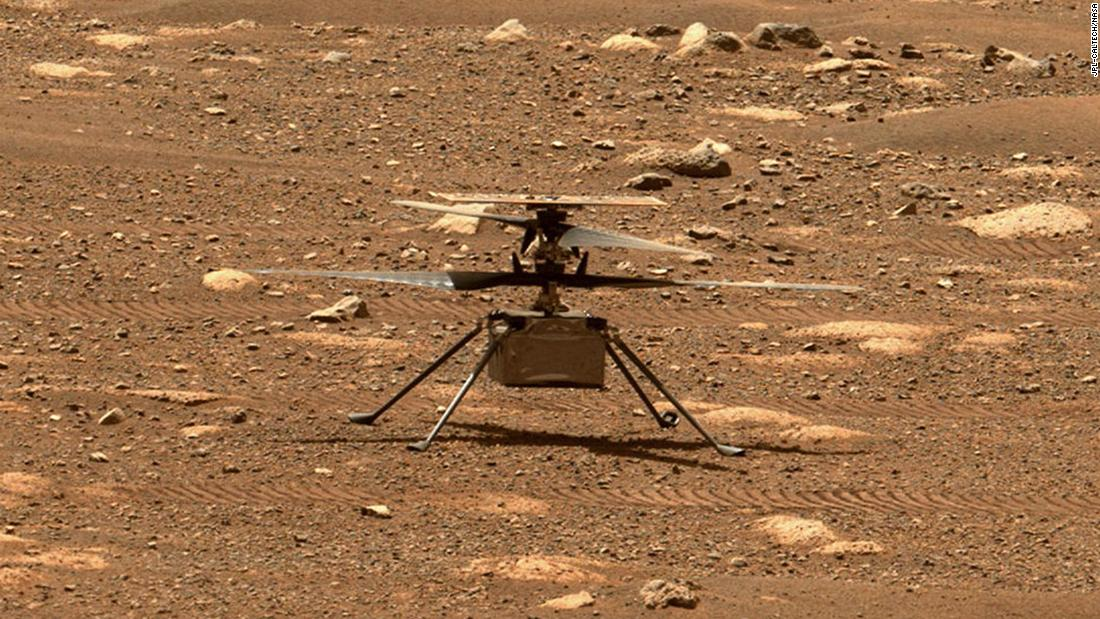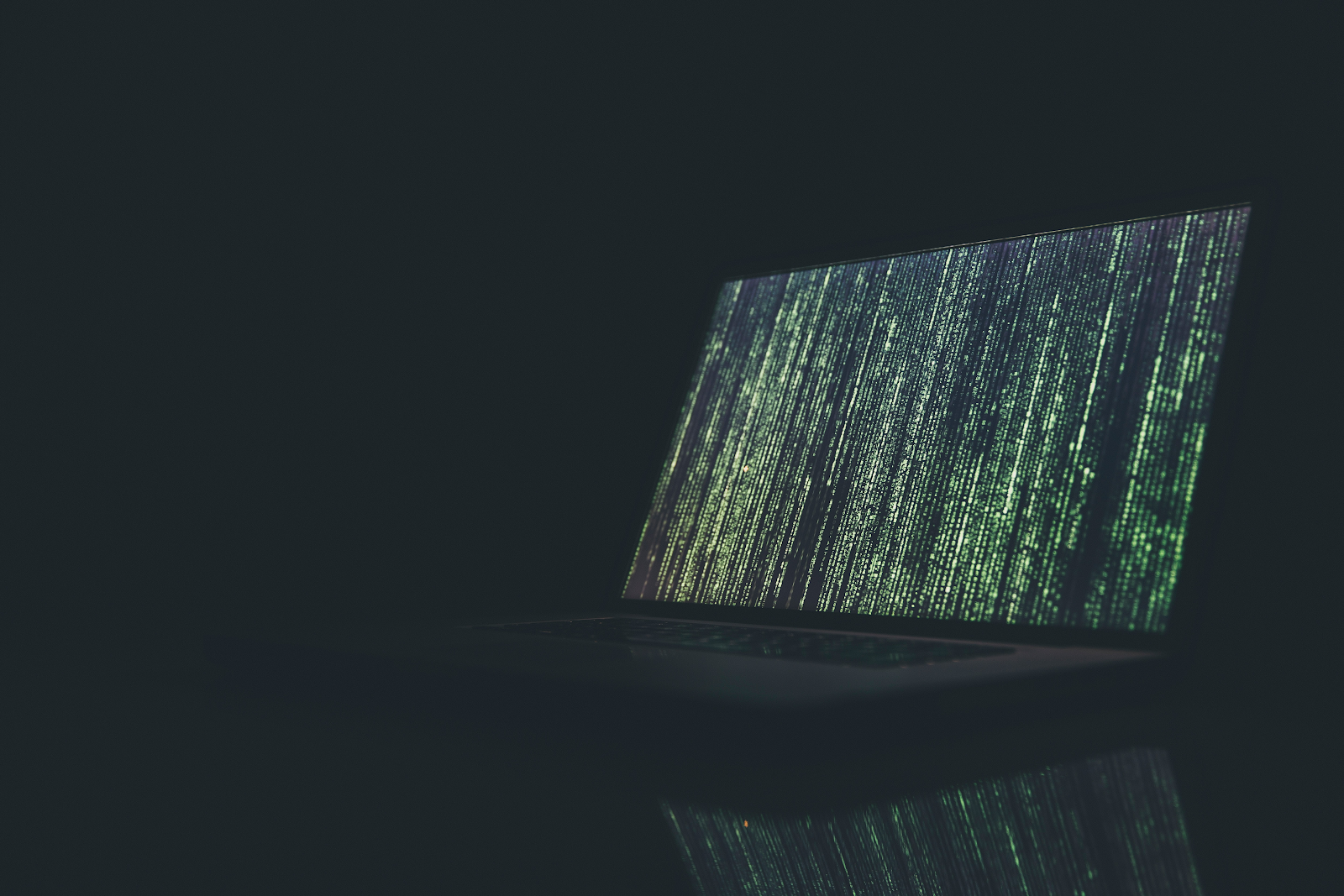"Scientists have created a method to transform plastic waste into biodegradable spider silk using bacteria, providing an innovative and sustainable approach to tackling plastic pollution. (Artist’s concept.) Credit: SciTechDaily.com (ScitechDaily, Engineered Bacteria Eat Waste Plastic and Make Spider Silk – “Nature’s Kevlar”)
In some fairy tales the spiders make spider silk skirts for a hero. In the modern version, the microchip-controlled spiders are used as controlled looms. The fact is that microchip-controlled bugs like spiders could make canvases. But genetically engineered bacteria can be used to make silk or spider silk. The last one is one of the strongest materials in nature. The problem is how to get enough silk.
Today genetically engineered bacteria can make it. But maybe the future is the genetically engineered cotton. Same way as bacteria genetically engineered cotton can create the spider's silk
The nanomachines can involve those genetically engineered cells. Those nanomachines can used to fix things like damage in bulletproof vests. But there is more use for Kevlar and silk than just bulletproof vests. Developers can use those materials in composite armor or clothes that must be strong and natural. The composite material is silk. Spider silk in layers can used to create strong clothes.
But developers can put that material between titanium or ceramic layers. The miniature robots that carry cell cultures are the living cells that can create spider silk. Developers can use those robots like spiders in those fairy tales.
Spiders silk is natural kevlar. Or it is stronger than Kevlar, and natural production. The problem with spider silk is it's hard to get. The silk that spiders use in their nets allows them to create more comfortable bullet-proof vests. Things like ropes, which need extremely good pull strength like aircraft carriers stopping wires and other things like lifting cables can created using this fundamental material.
The genetically engineered bacteria can answer the problem of how to get enough silk. The genetically engineered bacteria can connect with the network structure. That bacteria can turn the plastic waste into spider silk that is used for biostructures. If the kevlar or spider silk fibers are put on the carbon fiber net, that thing gives a good base for other materials and nanomachines that can connect themselves to that structure. In composite structures, there is kevlar or some other strong elastic fiber canvas between layers.
In those advanced materials, nanomachines are like Legos that fix damaged material. The kevlar or silk layer has impacts on it. But then we can think of those genetically engineered bacteria as a tool, that can handle toxic waste. In the cases that the genetically engineered bacteria can turn oil or plastic waste into non-poisonous fibers like cellulose. That thing makes it possible to turn the toxic waste into waste that is easy to burn or put into compost.
https://scitechdaily.com/engineered-bacteria-eat-waste-plastic-and-make-spider-silk-natures-kevlar/
https://learningmachines9.wordpress.com/2024/01/31/genetically-engineered-bacteria-can-eat-plastic-waste-and-make-spiders-silk/













